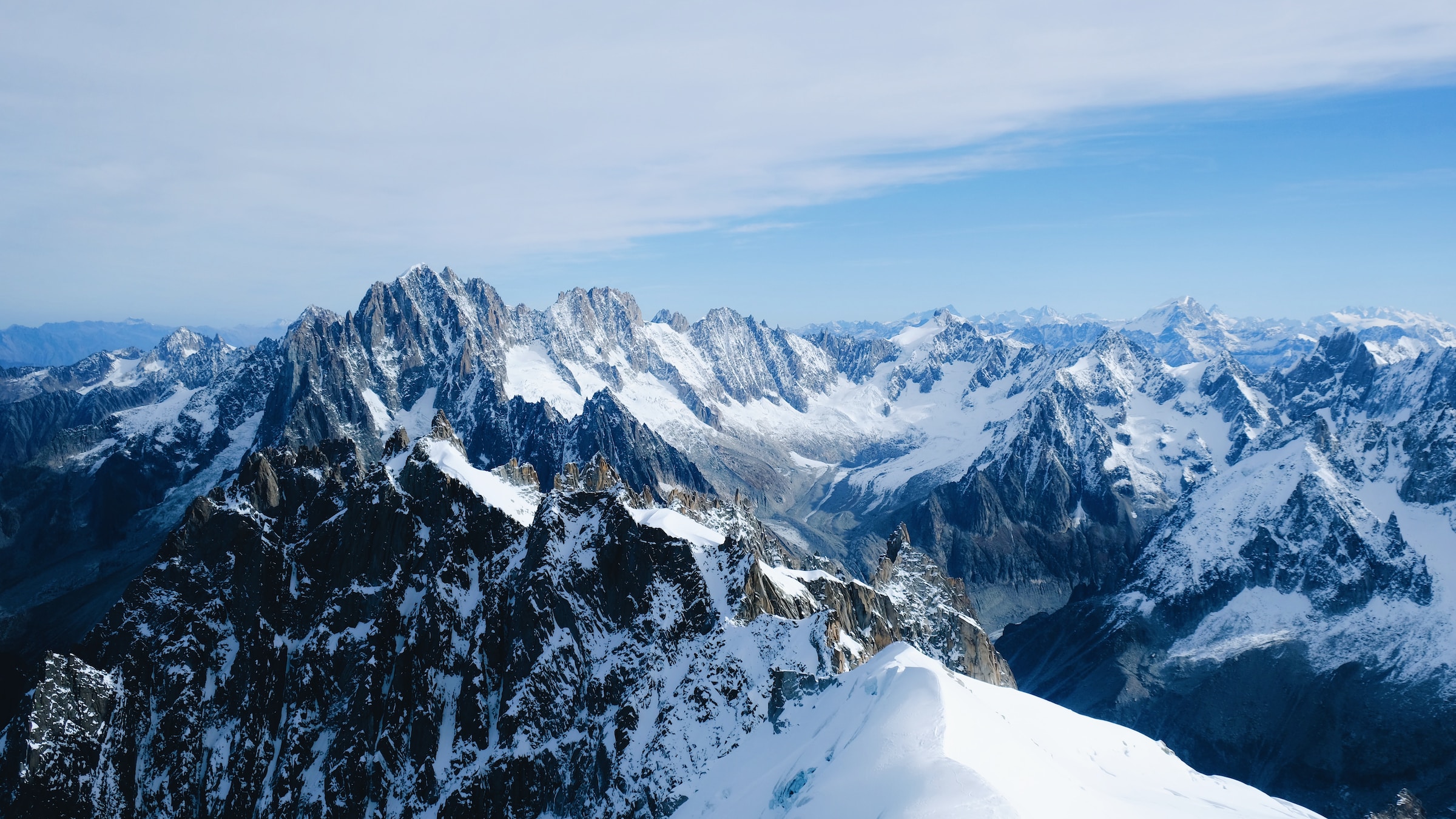CHAMONIX, France — Mont Blanc, the iconic snowy giant that stands tall as Western Europe’s highest peak, has shrunk. Researchers have recorded a drop of more than two meters in its height in the last two years, sparking renewed interest in the ongoing studies and debates surrounding climate change and its impacts on our planet’s landmarks.
Mont Blanc’s Fluctuating Altitude
Researchers from the Haute-Savoie department announced on Thursday, 5th October, that the majestic Mont Blanc now measures 4,805.59 metres, a reduction of 2.22 metres from its 2021 recorded height.
However, mountains are not static entities. Mont Blanc’s height is influenced by a thick layer of snow and ice, which varies annually due to wind patterns and prevailing weather conditions. The fluctuation observed this year, for instance, could be attributed to diminished summer rainfall, an observation that is not unprecedented.
Jean des Garets, chief surveyor for the Haute-Savoie department, warned against drawing quick conclusions from the height measurements. At a recent press briefing in Chamonix, he stated, “Mont Blanc could well be much taller in two years.” Des Garets further emphasized that their role is to gather data for posterity rather than interpret them: “We leave that up to the scientists.”
The Biennial Climb: Why Measure Mont Blanc?
The shrinking size of Mont Blanc might raise eyebrows, but the process of measuring the peak is equally intriguing. In mid-September, a dedicated team comprising roughly twenty individuals embarked on the ascent. Equipped with state-of-the-art instruments and, for the inaugural time, a drone, these individuals formed eight roped teams, meticulously recording point-by-point measurements over several days.
This exercise isn’t a one-off event; researchers have been consistently scaling Mont Blanc every two years since 2001. Their goal? To amass data that sheds light on climate change’s impact on the Alps.
Des Garets explained, “We’ve learned a lot from these measurement campaigns. The summit is constantly changing in altitude and position, with variations of up to five metres.”
Climate Change or Natural Variability?
The revelation of Mont Blanc’s decreasing stature immediately invites speculation about climate change’s influence. The Alps, like many mountainous regions worldwide, are vulnerable to rising global temperatures, which can lead to shrinking glaciers and fluctuating mountain heights.
Yet, the dynamics of Mont Blanc’s height, influenced by the interplay of snow, ice, wind, and weather, remain intricate. Is the recent change a result of natural variability or a grim reminder of human-induced climate change?

As researchers diligently gather data, the scientific community awaits its interpretation. Regardless of the immediate cause behind Mont Blanc’s altered height, the mountain serves as a testament to our changing world. Its fluctuations are a reminder of the delicate balance of our planet’s ecosystems and the ongoing necessity for informed, evidence-based discourse on climate change and environmental preservation.
©globalgreenhouse.eu

